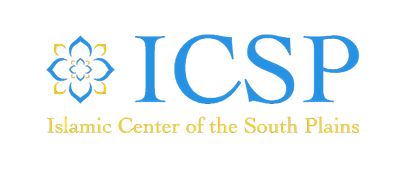2022 Financial Reports
Interactive summaries of ICSP’s 2022 income, donations, and expenses — the first full year of steady operations after the COVID-19 disruptions.
Income Breakdown (2022)
Income in 2022 came from a mix of general donations, construction funds, PPP recovery assistance, and smaller income sources such as book sales and cemetery funds.
- 2022 marked a recovery year after COVID-19, with regular programs, classes, and fundraising activities returning to full operation.
- General donations rebounded strongly as the community resumed in-person engagement and events.
- Construction-designated donations reflect continued community investment in long-term infrastructure, not short-term spending.
- PPP funds (federal COVID support) were used strictly for payroll continuity during the post-pandemic transition period.
- Designated construction and endowment funds are tracked separately and cannot be spent on daily operations.
- Charitable funds (sadaqah/zakat) are restricted by donor intent — collected for the needy, not used for payroll or maintenance.
- 2022 income reflects both renewed giving after the pandemic and careful stewardship of recovery funds.
Total Expenses (2022)
Expenses in 2022 reflected the full reopening of community programs after COVID, including Qur’an school operations, maintenance and janitorial work, insurance, and education programs.
- Operations and staff expenses reflect a return to consistent program schedules, classes, and events.
- Maintenance and janitorial costs increased slightly compared to pandemic years due to higher building usage.
- Education and seminar expenses resumed, with more community workshops and learning sessions hosted on-site.
- 2022 spending shows normalization after two years of limited activity under COVID restrictions.
- No board or volunteer roles receive compensation; payroll covers only essential staff and teaching roles.
- Charitable expenses (sadaqah) are distributed entirely to community assistance — not included in operations.
Program-Focused Spending (2022)
Each program resumed at full scale after COVID restrictions, with steady investment in education, maintenance, and operations.
This chart reflects how ICSP balanced the return of in-person programs while managing post-pandemic recovery costs.
- The Qur’an School returned to full capacity, resuming classes and teacher stipends after prior-year slowdowns.
- Maintenance and janitorial work increased as buildings were reopened and community attendance grew.
- Education and seminar expenses show renewed programming and guest sessions.
- Charitable (sadaqah) distributions continued at modest levels, focused on local assistance.
- Expenses reflect full activity levels returning to normal, not overspending.
- COVID-related PPP assistance ensured program continuity without cutting staff or classes.
Income vs. Expenses (2022)
2022 ended with a healthy margin after two years of pandemic disruptions, thanks to consistent giving, designated building donations, and the resumption of in-person fundraising.
- 2022 shows the first full post-COVID year of normal operations with steady income and responsible expense management.
- Any surplus reflects stability and planning — not profit — and supports future maintenance and community development.
- Higher income in 2022 was due to recovery donations and designated capital gifts, not overcollection.
- All restricted funds remain dedicated to their intended use (construction, endowment, or charity).
Historical Trend (2015–2022)
The historical chart below shows how income and expenses shifted during and after the COVID period, highlighting a gradual rebound by 2022.
- COVID-19 significantly affected 2020–2021 giving and expenses, especially community events and in-person programs.
- 2022 reflects a strong return to stability, both in community participation and financial sustainability.
Notes: Figures reflect ICSP accounting records for calendar year 2022. Minor rounding may occur. The 2022 fiscal year captures the first full return to in-person operations following the COVID-19 pandemic.
